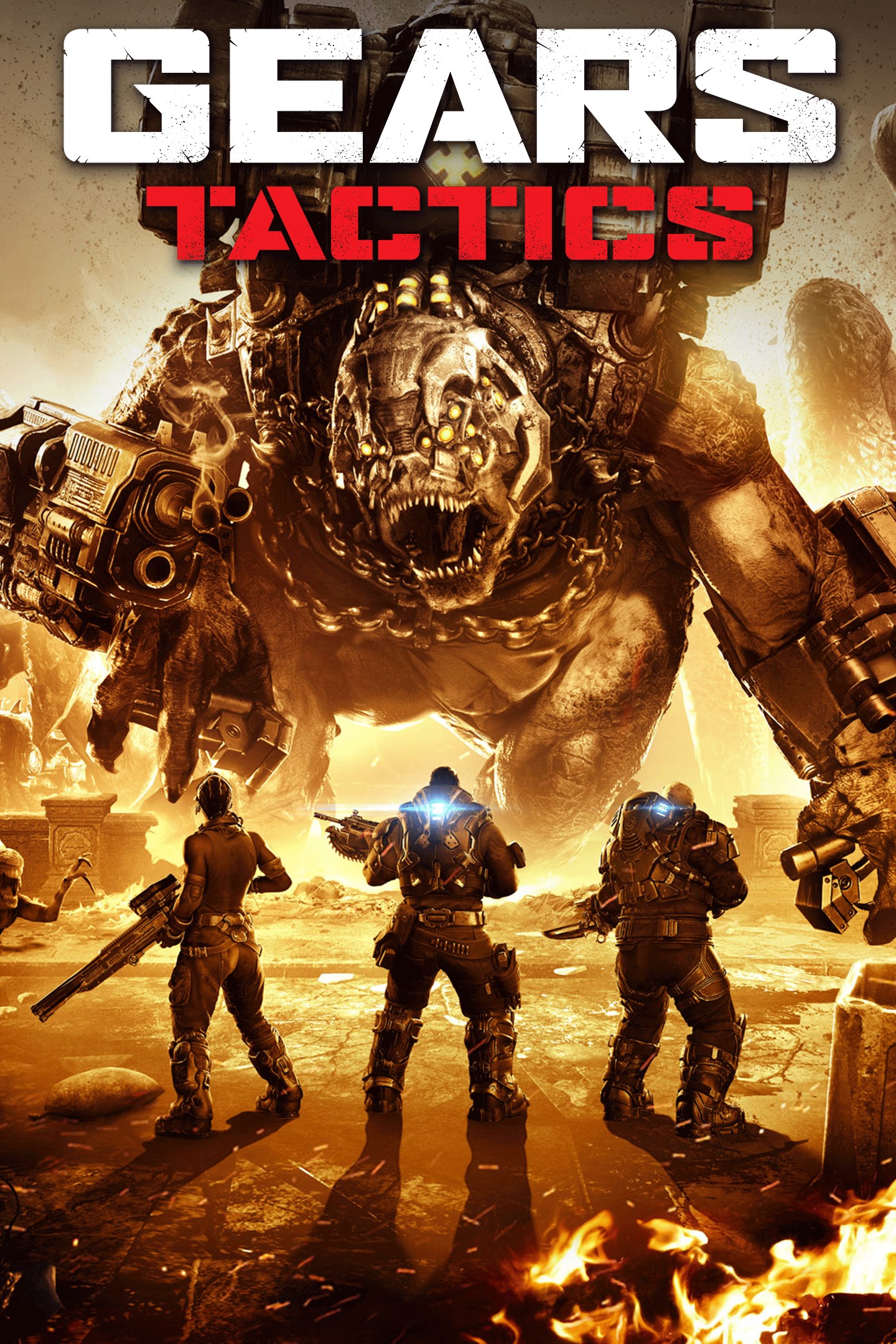Title: Beyond the Screen: How Deep Game News Stories Reshaped Player Perspectives
The video game industry is often perceived as a closed loop: developers create, players consume. News within this sphere typically focuses on announcements, updates, and reviews. Yet, periodically, a story emerges from the digital ether that transcends this cycle. These aren't tales of high scores or new DLC; they are profound, human-centered narratives that spill out from the code and into our reality, fundamentally altering how players perceive the games they love, the people who make them, and their own role within these virtual worlds. These deep game news stories act as cultural reset buttons, challenging preconceptions and fostering a new depth of understanding.
One of the most pivotal examples is the heartbreaking and inspiring story behind the creation of That Dragon, Cancer. Developers Ryan and Amy Green set out to create a game about their young son Joel’s battle with cancer. Initially, players might have expected a somber narrative experience. However, the news that broke during its development—that Joel had tragically passed away—transcended gaming news. It became a human interest story of immense gravity. This news fundamentally changed the player's perspective upon release. It was no longer just "a game"; it was a digital monument, a father's grief immortalized in interactive form. Players weren't just experiencing a story; they were walking through a family's most intimate and painful memories. This shifted the paradigm from critical analysis (e.g., "are the mechanics fun?") to empathetic engagement (e.g., "how does this moment reflect their reality?"). It proved games could be vessels for profound human truth, blurring the line between art and artifact and forcing players to approach such works with a newfound reverence.
Similarly, the explosive and ongoing news coverage of the labor practices behind major game releases, most notably the "crunch" stories surrounding Red Dead Redemption 2 and Cyberpunk 2077, irrevocably changed player perspectives. Pre-launch hype for these titles was astronomical, built on marketing campaigns promising unparalleled worlds. Then, investigative journalism from outlets like Kotaku and Polygon revealed the human cost: developers working 100-hour weeks, suffering from burnout, and facing immense mental and physical strain to meet deadlines.
This news didn't just tarnish the studios' reputations; it changed how a significant segment of players saw the games themselves. The vast, meticulously detailed landscapes of Red Dead Redemption 2 were no longer just achievements in design; they were monuments to exploited labor. Every polished texture and complex animation came with a backstory of exhaustion. For many, it became impossible to divorce the art from the conditions of its creation. This fostered a more critical, ethically-minded consumer base that now questions not just what a game is, but how it was made. It pushed discussions about workers' rights and ethical production from niche forums into mainstream gaming discourse.

On a more positive note, the Cinderella story of Among Us demonstrates how news of a game's unexpected success can reshape perspectives on the industry itself. For years, the prevailing wisdom was that massive marketing budgets and graphical fidelity were prerequisites for success. Among Us, a small game made by a tiny team, completely defied this. The news of its explosive rise to popularity years after its initial release, fueled not by ads but by organic streaming and word-of-mouth, was a feel-good phenomenon.
This narrative changed player perspectives by highlighting the power of community and authenticity over corporate muscle. It showed that a clever concept, strong social mechanics, and a bit of luck could topple giants. It made players look closer at smaller indie titles, understanding that the next big thing might be hiding in plain sight, without a multi-million-dollar campaign. It shifted the perspective from the game itself to the ecosystem around it—the streamers, the friends, the shared moments of laughter and betrayal—as the true engine of its success.
Finally, the news surrounding Hellblade: Senua's Sacrifice and its approach to mental health representation created a seismic shift in player perspective regarding authenticity in narratives. Developer Ninja Theory's well-publicized collaboration with neuroscientists and people who live with psychosis was a major part of the game's pre- and post-release news cycle. This wasn't a marketing gimmick; it was a commitment to truthful representation.
This story made players aware that they were about to engage with something more than a fantasy hack-and-slash. It was an empathetic simulation, an attempt to foster understanding. Players approached the game not just to defeat enemies, but to listen, to understand Senua's reality. The news coverage framed the experience, turning players into active participants in a journey of empathy rather than passive consumers of a myth. It set a new benchmark for responsible storytelling and showed that games, handled with care and research, could be powerful tools for destigmatizing mental health issues.
In conclusion, these deep news stories serve as crucial inflection points. The tragedy behind That Dragon, Cancer taught us about vulnerability and memorial. The crunch reports on Red Dead Redemption 2 taught us about ethical consumption. The unexpected success of Among Us taught us about the power of community. The meticulous research behind Hellblade taught us about empathy and authenticity. They remind us that games are not sterile products but human endeavors, filled with stories of struggle, passion, injustice, and triumph. By engaging with these deeper narratives, players evolve from mere audiences into more conscious, critical, and compassionate participants in the vast and ever-evolving world of video games.


















